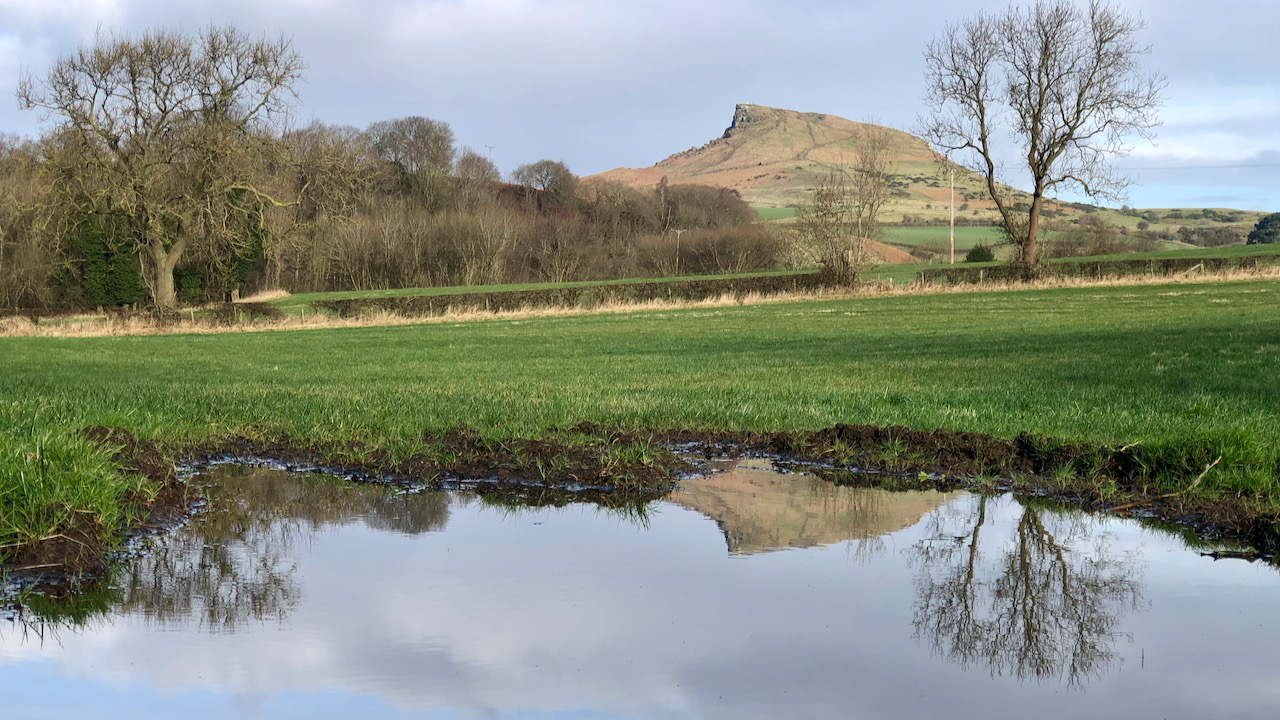I recently read an article about the ecology of puddles, revealing their significance as habitats for certain invertebrate species1‘The Secret World of Puddles’. 2024. Mynewsdesk <https://newsroom.northumbria.ac.uk/pressreleases/expert-comment-the-secret-world-of-puddles-3295134> [accessed 13 February 2024]. These small, transient pools offer a refuge from larger predators and competitors due to their isolated and short-lived nature.
Many of these puddles hold high conservation value, housing rare specialist creatures. Noteworthy examples include the fairy shrimps found in puddles on Salisbury Plain. These temporary pools, formed by military training activities, provide a home for these unique creatures whose eggs can withstand drought and are spread through various means, including mud carried on military vehicles.
Similarly, the Lizard Peninsula in Cornwall features trackways dating back to prehistoric times, which now support temporary pools hosting rare plants like the pygmy rush. Even the puddles found on roads and pavements nurture single-celled algae, such as diatoms and desmids.
Despite birds often exploiting puddles for drowned worms, making them vulnerable to avian predators. However, birds bathing in road puddles face the peril of traffic.
While countryside and urban puddles are familiar, cryoconite holes on ice sheets and glaciers also serve as habitats for diverse fauna, including nematode worms, mites, and the resilient tardigrades, known for their ability to survive extreme conditions.
Although life in this puddle in the entrance to a field at Gribdale may not be as extreme as in other habitats, it may nonetheless offer an opportunity for fast-paced microscopic life to thrive.
- 1‘The Secret World of Puddles’. 2024. Mynewsdesk <https://newsroom.northumbria.ac.uk/pressreleases/expert-comment-the-secret-world-of-puddles-3295134> [accessed 13 February 2024]

Leave a Reply